Fishing enthusiasts are always looking for the perfect spot to cast their lines and reel in the big catch. For anglers in Southern California, Dixon Lake stands out as one of the most popular and picturesque fishing destinations. Located in Escondido, Dixon Lake offers a serene escape from the hustle and bustle of everyday life, making it an ideal place for fishing and relaxation. In this article, we will explore the wonders of Dixon Lake fishing, its diverse fish species, the best fishing techniques, and everything you need to know to make the most out of your fishing experience.
Before delving into the fishing aspects, let’s take a moment to appreciate the rich history of Dixon Lake. The lake was constructed in 1971 as a reservoir, providing water for Escondido. Over the years, it has become a recreational hub for anglers and nature enthusiasts, attracting visitors from all around.
Top Fish Species at Dixon Lake
Bass
Bass is a popular gamefish at Dixon Lake, and their numbers have increased in the past few decades. Bass are opportunistic feeders and will eat almost anything that swims by. They are especially fond of worms, crayfish, frogs, and small fish. One of the most common ways to catch bass is with artificial lures or bait.
Bass are often caught on a variety of lures. The most effective lure usually looks like what bass are feeding on at the time. Spinner baits, jerk baits and topwater lures are generally good choices, as they look like small fish. The best time of the day to fish bass at Dixon Lake is in the morning when they are most active.
Bass will also bite at night, but you must use a different lure. A good choice is a soft plastic worm with a glow-in-the-dark tail. The largemouth bass is usually found in clear water with a good amount of cover, such as lily pads or fallen trees. They will often be near the edge of a weed bed. Bass are usually found in the same areas as other fish, such as catfish and bluegill.
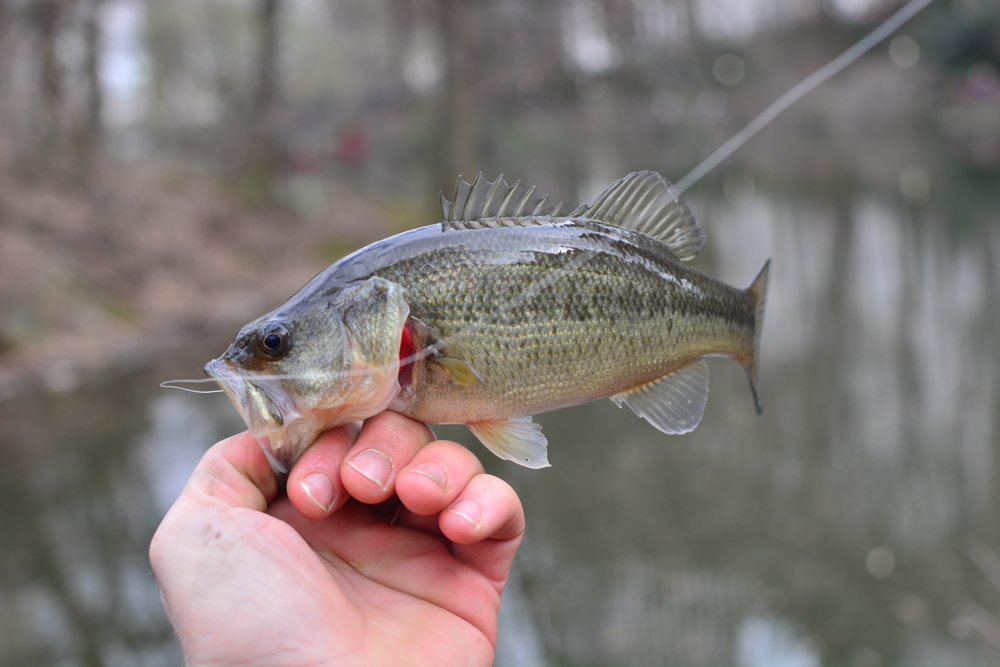
Catfish
Catfish can be caught in Dixon Lake using a rod and reel, with a limit of three per day. They are often caught with a heavier rod and reel, using a spinner bait or nightcrawler. Catfish are active in the winter and will take food near the bait.
Catfish are best caught in the morning or evening. It is essential to fish in areas where they are known to congregate to have the best chance of catching one. In Dixon Lake, this includes Catfish Point. Using live bait such as worms or minnows will also increase your chances of success.
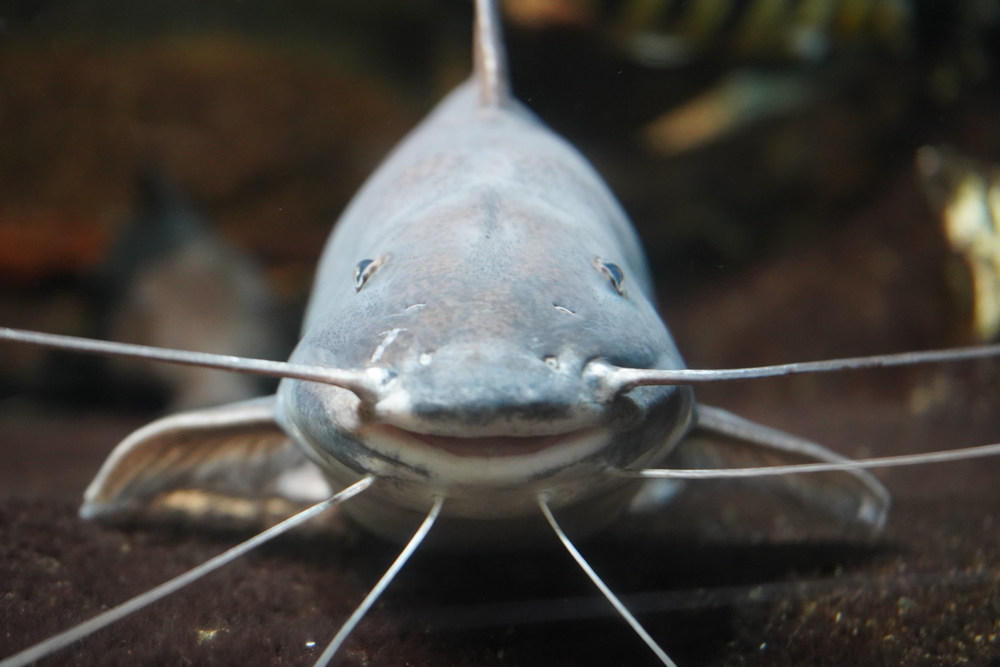
Trout
Trout is a freshwater fish species you can find in Dixon Lakes. They typically have green or brown bodies with dark spots on their sides. Trout are a popular target for fishermen as they are known to put up a good fight when caught. The daily limit for trout is five fish.
Anglers typically use bait such as worms or small lures for fishing for trout. The best time to fish for trout is in the early morning or late evening when the sun is not as bright, and the water is more relaxed. Trout tend to stay near the bottom of the water column, so fishermen must use bait that will sink down to where the trout are hiding.
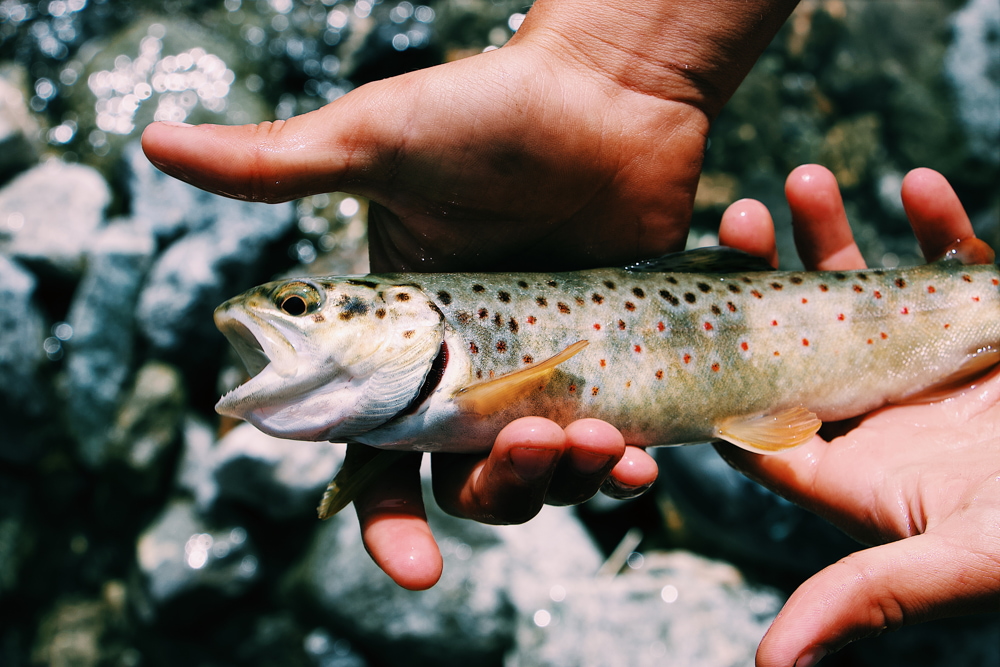
Black Crappie
Black Crappies are a popular fish to catch and can be found in lakes and rivers. When fishing for Black Crappie, it is essential to use the right bait. Some good baits include minnows, jigs, and worms. Fish in areas with a cover, such as logs or brush piles, is also essential. Black crappies are typically found in shallower waters, so targeting these areas can be helpful.
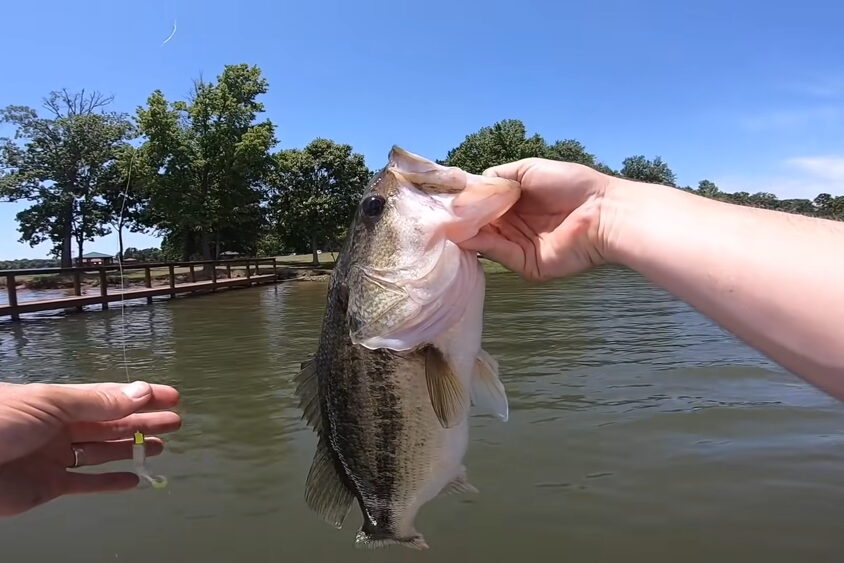
Bluegill
Bluegill and crappie are both abundant at Dixon Lake. Bluegill is mainly present throughout the lake, with many small fish present. To attract these panfish, try using mealworms or red worms as bait. The key is to keep moving until you find a school of fish – when you do, you’ll be in luck!
The best time of the year to fish for bluegill and crappie is during the summer months. The best time of the day is in the morning, between 6 a.m. and 10 a.m., since bluegill does not bite as much during the afternoon.
Bluegill and crappie are the most abundant fish in Dixon Lake, but they can be hard to catch. If you’re having trouble catching these panfish, try fishing for them in the early morning.

Dixon Lake Fishing Rules & Catch Limits
Fishing rules and catch limits vary depending on the fish caught. Dixon Lake is open for catfish and trout fishing. The season for catfish is typically very active, while the season for trout is five fish. 2 Bass are allowed per day, while for bluegill, there’s a limit of 25. Boating or any other kind of body contact with water is prohibited at the lake.
Dixon Lake has a parking area for vehicles. Picnic shelters, restrooms, and trash cans are located at the lake. Pets are allowed on leashes only in the park. Alcohol is prohibited at the lake except for the campground. A fishing license is required for persons aged 16 and older. You can purchase a fishing license at most sporting goods stores or online.
Other Amenities at Dixon Lake
In addition to its excellent fishing opportunities, Dixon Lake offers a range of amenities and facilities to enhance visitors’ overall experience. Here are some of the amenities you can enjoy at Dixon Lake:
Picnic Areas
Dixon Lake provides well-maintained picnic areas with tables and grills, making it a great place for a family outing. After a successful day of fishing, you can relax and enjoy a delicious meal amidst the picturesque surroundings.
Hiking Trails
Nature enthusiasts will love exploring the scenic hiking trails around Dixon Lake. These trails wind through the beautiful landscape, offering breathtaking views of the water and surrounding wilderness.
Camping Grounds
For those seeking a more immersive outdoor experience, Dixon Lake offers camping facilities. Spending a night under the stars beside the tranquil lake can be a memorable experience for campers.
Playground for Kids
Families with young children can take advantage of the playground area at Dixon Lake. Kids can have fun and burn off some energy while parents enjoy the serene surroundings.
Boating Rentals
If you don’t have your own boat, worry not! Dixon Lake offers boat rentals, allowing visitors to explore the lake’s waters and find the best fishing spots.
Wildlife Viewing
Dixon Lake is home to a diverse array of wildlife. Birdwatchers and nature enthusiasts can spot various bird species and other animals while appreciating the natural beauty of the area.
Concession Stand
The lake has a concession stand that offers snacks, drinks, and other refreshments, ensuring you stay energized throughout your fishing adventure.
Fishing Tackle Shop
Forgot to bring some essential fishing gear? No problem! Dixon Lake has a tackle shop on-site where you can purchase bait, lures, fishing lines, and other fishing accessories.
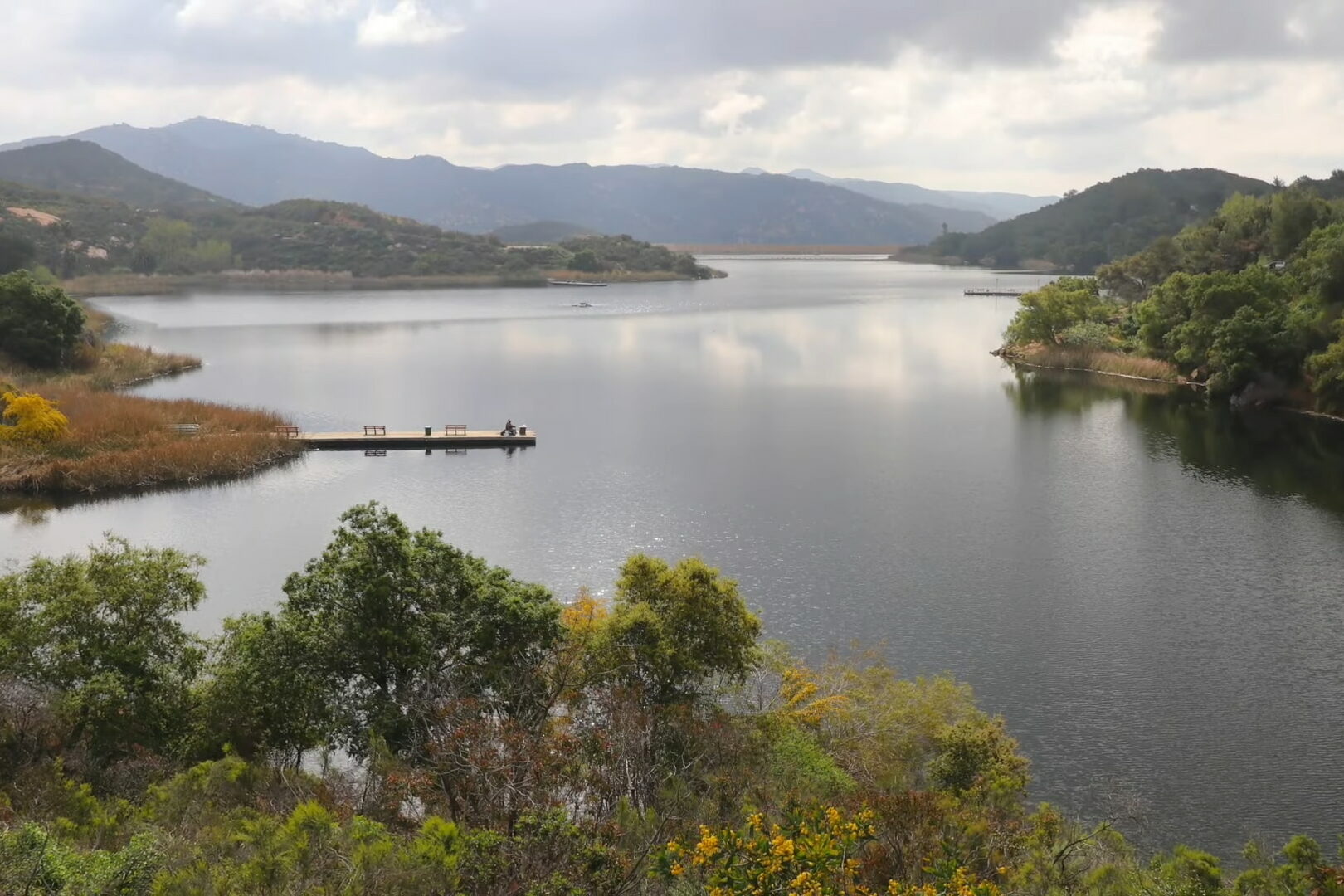
FAQs
Can I fish at Dixon Lake without a fishing license?
No, a valid California fishing license is required for anyone over 16 years old to fish at Dixon Lake.
What is the best season for fishing at Dixon Lake?
Spring and fall are generally considered the best seasons for fishing at Dixon Lake, as the weather is milder, and fish are more active.
Can I bring my own boat to Dixon Lake?
Yes, private boats are allowed at Dixon Lake, but they must undergo an inspection to prevent the spread of invasive species.
Are there camping facilities near Dixon Lake?
Yes, there are camping facilities available near Dixon Lake, making it a perfect spot for an extended fishing trip.

